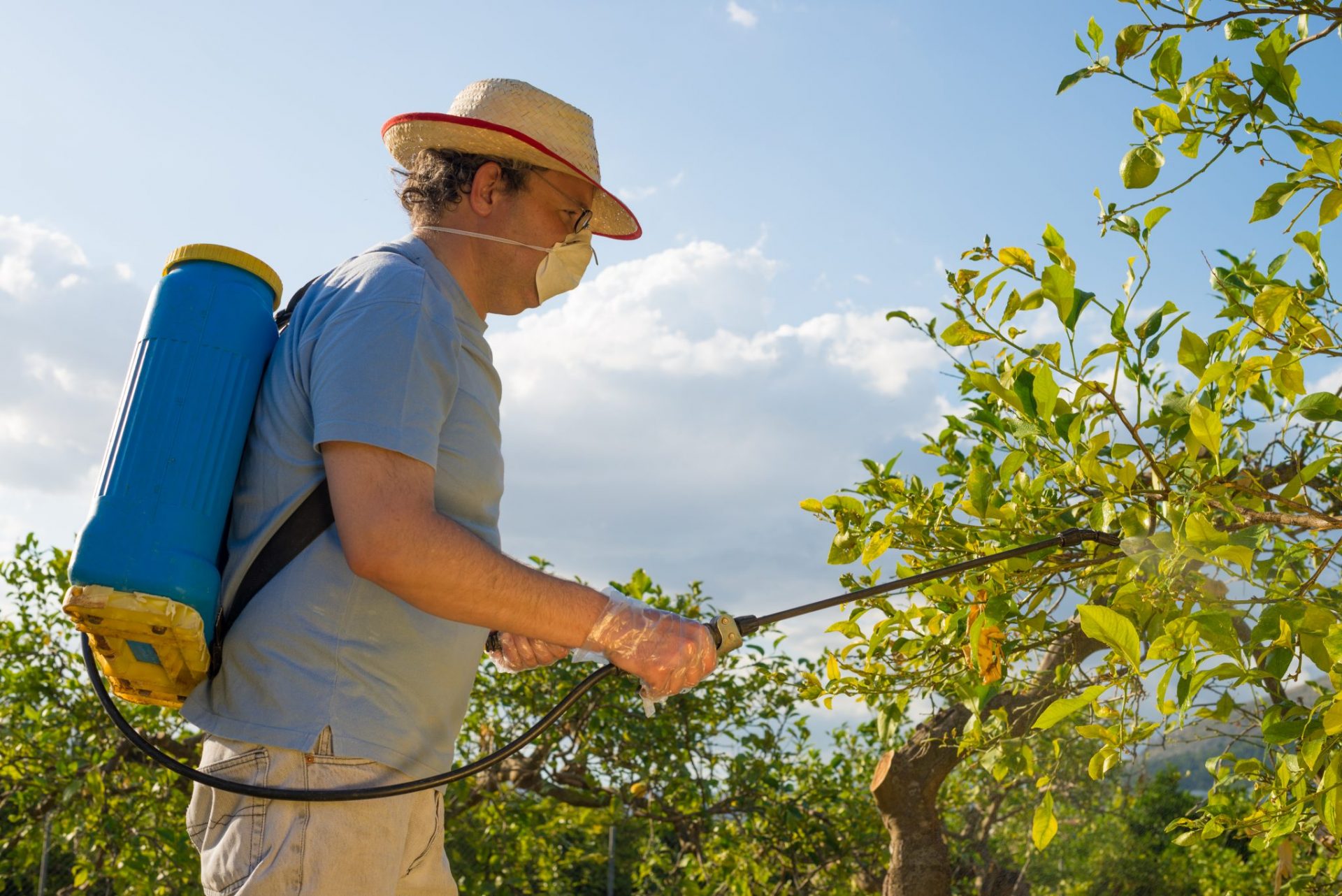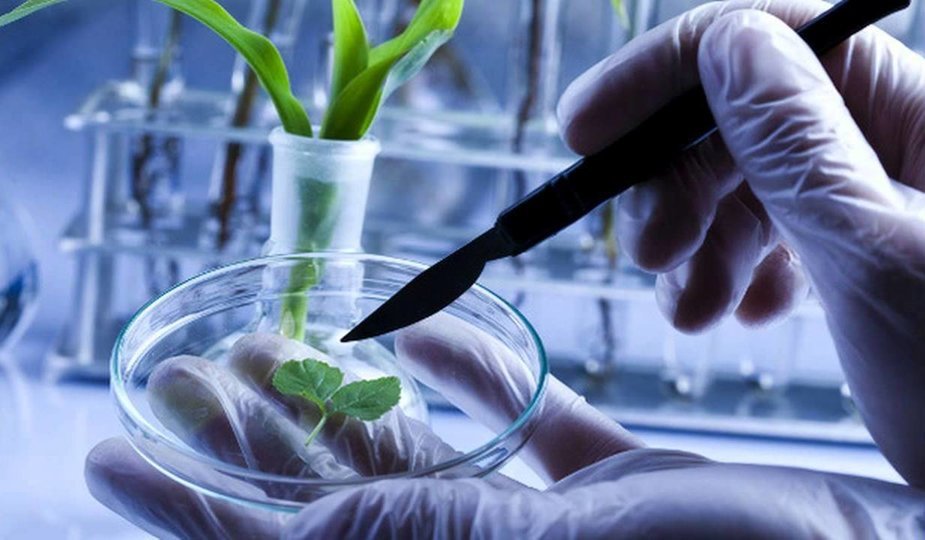Gel nail polish may cause potential health problems
(NaturalHealth365) When shellac (best known as “gellish” or “gel”) nail polish hit the market a few years back, it was a ‘dream come true’ for most women. After all, regular nail polish took a long time to dry, and the finished product had the potential to ruin in less than 24 hours. Plus, the process of having artificial acrylic nails glued on was a long costly process that could only be completed at the nail salon.
Today, we see women flock to the nail salons and even polish their own nails with gel polish as it is simpler and less expensive. Gel nail polish also provides a professional and more natural look for two to three weeks without chipping or cracking.
While most women love the convenience of gel polish, vanity may result in potential health problems that no one ever expected. Not only does gel nail polish contain toxic chemicals, its remover also has risks. Moreover, the lights used to dry the gel polish may cause skin cancer.
Toxic chemicals in gel polish cause allergic contact dermatitis in nearly 50% of users
Gel nail polish contains acrylates and methacrylates which are polymer plastics. Whereas regular nail polish needs to dry over time without further processing, gel polish won’t dry without ultraviolet light to cure it. The polish then forms a tough bond so that it won’t crack or chip.
However, a very recent study published in Contact Dermatitis performed a test with acrylates and methacrylates on 114,000+ patients. A small subgroup of patients included nail artists or cosmetologists. Among these, 47.1% reacted to at least one acrylate and/or methacrylate.
The study concluded that allergic contact dermatitis is a relevant problem in both nail artists and consumers. Acute symptoms from the condition include a red rash or bumps, itching, swelling, burning, or tenderness.
Be warned: Chronic symptoms include dry, cracked, and scaly skin. In more severe cases, the skin may blister, drain fluid, and crust. While this form of dermatitis isn’t contagious, it can be very uncomfortable and become infectious.
Synthetic antioxidant in gel nail polish has potential for causing stomach cancer
Another chemical, butylated hydroxyanisole (BHA), is also found in some brands of gel nail polish. This synthetic antioxidant is a chemically-made preservative used mainly by the food industry to prevent oils from oxidizing and becoming rancid. However, BHA is also commonly used in medicines and cosmetics.
Several studies have proven that BHA intake is a risk for stomach cancer. Studies are still being conducted on its potential for external use. While nail polish isn’t meant to be eaten, caution is still wise – especially for those who have a habit of putting their fingers in their mouth or biting their nails.
Ultraviolet light cures gel nail polish but may cause skin cancer
As mentioned earlier, ultraviolet light is used to cure (dry) gel nail polish. The gel process involves the application of pre-mixed acrylic to natural nails following by the curing of the polish under ultraviolet light. With the application of several coats (base, color, and topcoat polishes), nails must be placed under ultraviolet light with each coat for two to three minutes.
The ultraviolet light exposure for gel nails may seem “low” as time seems minimal in comparison with the risks shown in studies proving risk of exposure to ultraviolet light. However, there is really no real comparison when the light is combined with harmful chemicals in the polish.
The British Journal of Dermatology published a report in 2012 about women who developed squamous cell carcinoma (SCC) due to being exposed to ultraviolet lamps used in cosmetic nail treatment. While further studies need to be conducted on how high the risk is for women undergoing gel nail treatment, the report indicated that the risk can be lowered by wearing fingerless gloves during treatment.
Other health risks resulting from gel nail polish
While studies are beginning to show the health risks of gel nail polish treatment, other damage also occurs from the treatment. The removal of polish can be detrimental to the nails due to acetone soaking and electrical filing. Acetone is a harsh chemical that causes nails to become thinner and brittle. Reports have also shown electrical filing to cause nerve damage.
In summary, there is no clean, pure, safe, or healthy nail polish on the market. Some brands may claim to be organic. However, the truth is that nail polish ingredients need softeners, polymers, plasticizers, and hardeners to make it “nail polish.” You would be better off with a nice manicure and using olive oil as a cuticle softener and nail shiner.
About the author: Abby Campbell is a medical, health, and nutrition research writer. She’s dedicated to helping people live a healthy lifestyle in all aspects – physically, mentally, emotionally, and spiritually. Abby practices, writes, and coaches on natural preventive care, nutritional medicine, and complementary and alternative therapy.
References:
https://onlinelibrary.wiley.com/doi/10.1111/cod.12348/abstract;jsessionid=CF4EE0ADAD3E3743BFA4E3D44A0F72A9.f04t04
https://www.sciencedirect.com/science/article/pii/S0278691500000429
https://onlinelibrary.wiley.com/doi/10.1111/j.1473-2165.2011.00595.x/abstract










